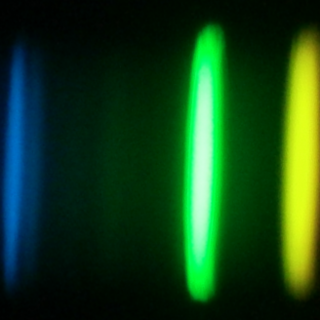Bibcode
Dell'Agli, F.; García-Hernández, D. A.; Ventura, P.; Mészáros, Sz; Masseron, T.; Fernández-Trincado, J. G.; Tang, B.; Shetrone, M.; Zamora, O.; Lucatello, S.
Bibliographical reference
Monthly Notices of the Royal Astronomical Society, Volume 475, Issue 3, p.3098-3116
Advertised on:
4
2018
Citations
30
Refereed citations
25
Description
We discuss the self-enrichment scenario by asymptotic giant branch (AGB)
stars for the formation of multiple populations in globular clusters
(GCs) by analysing data set of giant stars observed in nine Galactic
GCs, covering a wide range of metallicities and for which the
simultaneous measurements of C, N, O, Mg, Al, and Si are available. To
this aim, we calculated six sets of AGB models, with the same chemical
composition as the stars belonging to the first generation of each GC.
We find that the AGB yields can reproduce the set of observations
available, not only in terms of the degree of contamination shown by
stars in each GC but, more important, also the observed trend with
metallicity, which agrees well with the predictions from AGB evolution
modelling. While further observational evidences are required to
definitively fix the main actors in the pollution of the interstellar
medium from which new generation of stars formed in GCs, the present
results confirm that the gas ejected by stars of mass in the range 4
M_{⊙} ≤ M ≤ 8 M_{⊙} during the AGB phase share the same
chemical patterns traced by stars in GCs.
Related projects

Nucleosynthesis and molecular processes in the late stages of Stellar Evolution
Low- to intermediate-mass (M < 8 solar masses, Ms) stars represent the majority of stars in the Cosmos. They finish their lives on the Asymptotic Giant Branch (AGB) - just before they form planetary nebulae (PNe) - where they experience complex nucleosynthetic and molecular processes. AGB stars are important contributors to the enrichment of the
Domingo Aníbal
García Hernández

Chemical Abundances in Stars
Stellar spectroscopy allows us to determine the properties and chemical compositions of stars. From this information for stars of different ages in the Milky Way, it is possible to reconstruct the chemical evolution of the Galaxy, as well as the origin of the elements heavier than boron, created mainly in stellar interiors. It is also possible to
Carlos
Allende Prieto